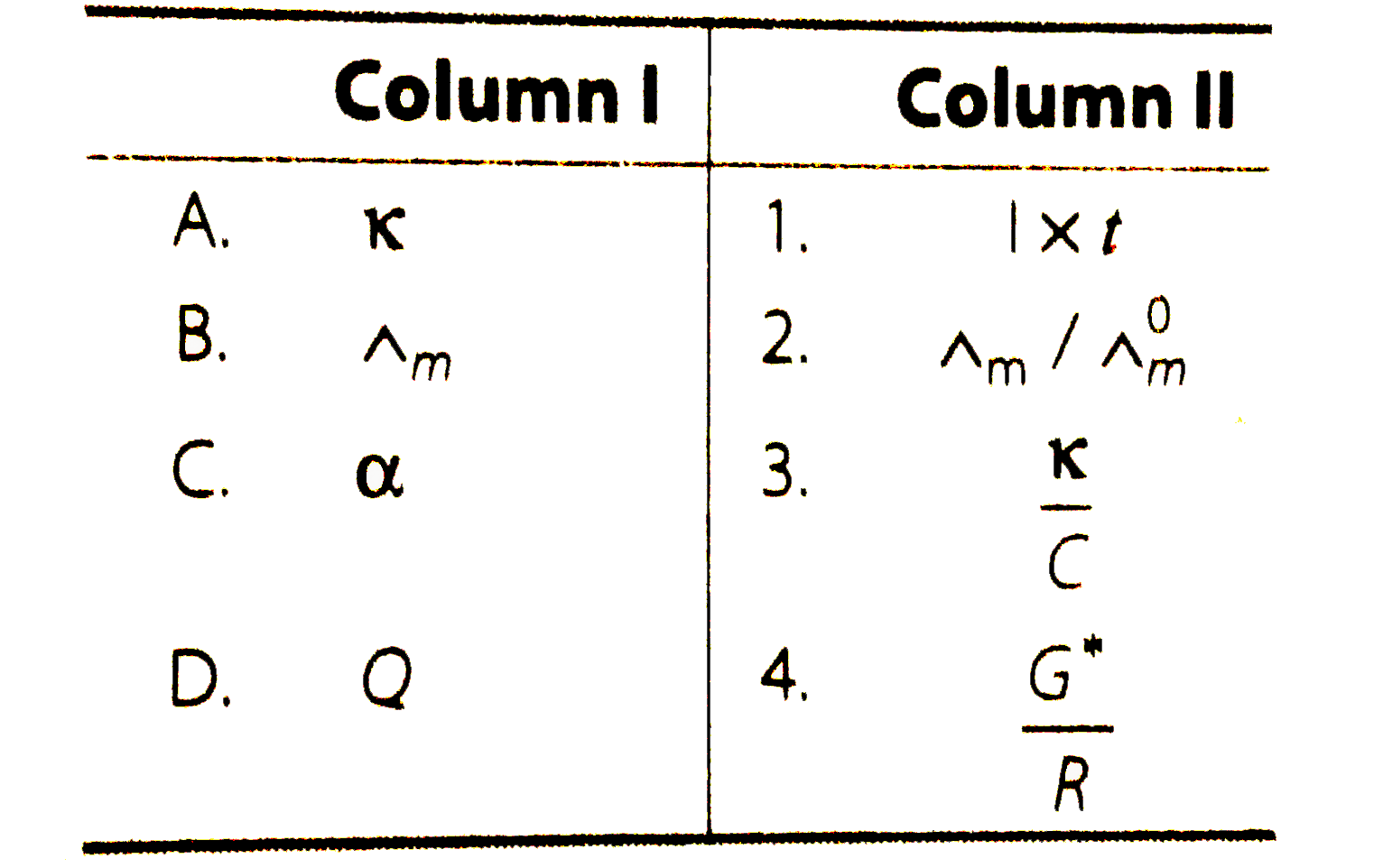Match the items in column I and column II and choose the correct option.
Column IColumn IIUV(i)BiomagnificatronBiodegradable organic matter(ii)EutrophicationDDT(iii)Snow blindnessPhosphates(iv)BOD
The correct match is :
ABCD2143
ABCD3241
ABCD3412
ABCD3142
To solve the matching question, we will analyze each item in Column I and find its corresponding match in Column II.
1. Match UV with Column II:
- UV rays are known to cause harmful effects, one of which is "snow blindness." This condition occurs due to excessive exposure to UV rays, particularly in snowy environments where UV light is reflected.
- Match: UV → (iii) "Snow blindness"
2. Match Biodegradable Organic Matter with Column II:
- Biodegradable organic matter refers to organic substances that can be broken down by microorganisms. The process of decomposition by these organisms is measured by Biological Oxygen Demand (BOD), which indicates the amount of oxygen required to decompose organic matter.
- Match: Biodegradable Organic Matter → (iv) "BOD"
3. Match DDT with Column II:
- DDT (Dichloro-Diphenyl-Trichloroethane) is a pesticide that can accumulate in the food chain, leading to a process known as biomagnification. This occurs when the concentration of substances increases at each trophic level.
- Match: DDT → (i) "Biomagnification"
4. Match Phosphates with Column II:
- Phosphates are often used in fertilizers, and their excessive use can lead to eutrophication, which is the enrichment of water bodies with nutrients, leading to excessive growth of algae and degradation of water quality.
- Match: Phosphates → (ii) "Eutrophication"
Final Matches:
- UV → (iii) "Snow blindness"
- Biodegradable Organic Matter → (iv) "BOD"
- DDT → (i) "Biomagnification"
- Phosphates → (ii) "Eutrophication"
Correct Option:
The correct matches are:
- UV (iii)
- Biodegradable Organic Matter (iv)
- DDT (i)
- Phosphates (ii)
- UV rays are known to cause harmful effects, one of which is "snow blindness." This condition occurs due to excessive exposure to UV rays, particularly in snowy environments where UV light is reflected.
- Match: UV → (iii) "Snow blindness"
- Biodegradable organic matter refers to organic substances that can be broken down by microorganisms. The process of decomposition by these organisms is measured by Biological Oxygen Demand (BOD), which indicates the amount of oxygen required to decompose organic matter.
- Match: Biodegradable Organic Matter → (iv) "BOD"
- DDT (Dichloro-Diphenyl-Trichloroethane) is a pesticide that can accumulate in the food chain, leading to a process known as biomagnification. This occurs when the concentration of substances increases at each trophic level.
- Match: DDT → (i) "Biomagnification"
- Phosphates are often used in fertilizers, and their excessive use can lead to eutrophication, which is the enrichment of water bodies with nutrients, leading to excessive growth of algae and degradation of water quality.
- Match: Phosphates → (ii) "Eutrophication"
- UV → (iii) "Snow blindness"
- Biodegradable Organic Matter → (iv) "BOD"
- DDT → (i) "Biomagnification"
- Phosphates → (ii) "Eutrophication"
The correct matches are:
- UV (iii)
- Biodegradable Organic Matter (iv)
- DDT (i)
- Phosphates (ii)
Topper's Solved these Questions
- ENVIRONMENTAL ISSUES BOOK - NCERT EXEMPLAR ENGLISHCHAPTER - ENVIRONMENTAL ISSUES EXERCISE - Very Short Answer Type Questions
15 Videos
- ENVIRONMENTAL ISSUES BOOK - NCERT EXEMPLAR ENGLISHCHAPTER - ENVIRONMENTAL ISSUES EXERCISE - Short Answer Type Questions
11 Videos
- ECOSYSTEMBOOK - NCERT EXEMPLAR ENGLISHCHAPTER - ECOSYSTEMEXERCISE - Long Answer Type Question
12 Videos
- EVOLUTIONBOOK - NCERT EXEMPLAR ENGLISHCHAPTER - EVOLUTIONEXERCISE - Long answer type Questions
7 Videos
Similar Questions
Match the items of column I and column II

View SolutionMatch the items in column I with column II and choose the correct option

View SolutionMatch the items in column I with column II and choose the correct option

View SolutionMatch the items of Column I and Column II

View SolutionMatch the items in Columns- I with Column-II and choose the correct option.

View SolutionMatch the items of Column I and Column II.

View SolutionMatch the items of Column I and Column II.

View SolutionMatch the items of Column I and Column II.

View SolutionMatch the items of Column I and Column II.

View SolutionMatch the items of Column I and Column II.

View Solution
